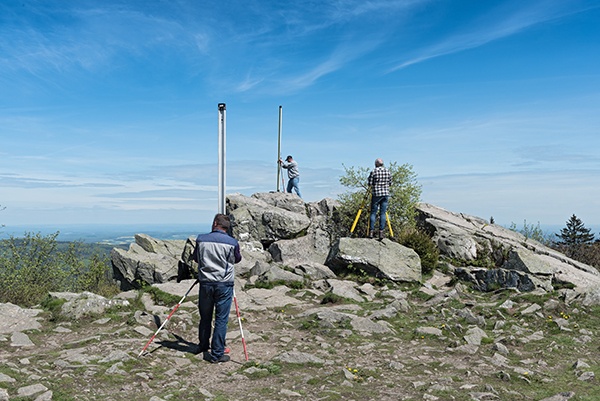A path study is a critical part of planning your IP STL. What things are involved in a path study? Why is it so important? This blog post offers insight into these questions by offering a sneak peek of Chapter Four of our IP STL : A Broadcaster's Guide.
Haven't heard of our guide? DoubleRadius, Inc. has been designing wireless networks since 2001 and engineering IP STLs since 2007. Over the years, we’ve gained invaluable experience working with a host of broadcasters around the country. These critical insights have now been gathered here for you in our IP STL : A Broadcaster’s Guide, which outlines ways to effectively set up and operate an IP STL. You can download the full guide here or keep reading for a sneak peek of Chapter Four : Study Your Path.

"A path study is a critical part of planning your IP STL. In fact, a path study is so critical to the success of the link that we are devoting this entire chapter to explaining it in greater detail.
"To review, a path study involves:
- Fresnel zone obstructions
- Secondary reflections
- Interference analysis
- Frequency planning
- Capacity planning
- Final calculations of transmission performance
"The path study will dictate the frequency range and antenna size used. Also, it will take into account factors such as distance, rain fade, trees / foliage, and height."
Download the IP STL : A Broadcaster's Guide to read more about how path studies are calculated and what happens once the data is collected.
The IP STL : A Broadcaster's Guide covers not only how to study your path, but also touches on the following:
- Configure Your Solution
- Calculate Bandwidth Requirements
- Prepare for TV Repack
- And 5 other helpful steps to operating an IP STL
